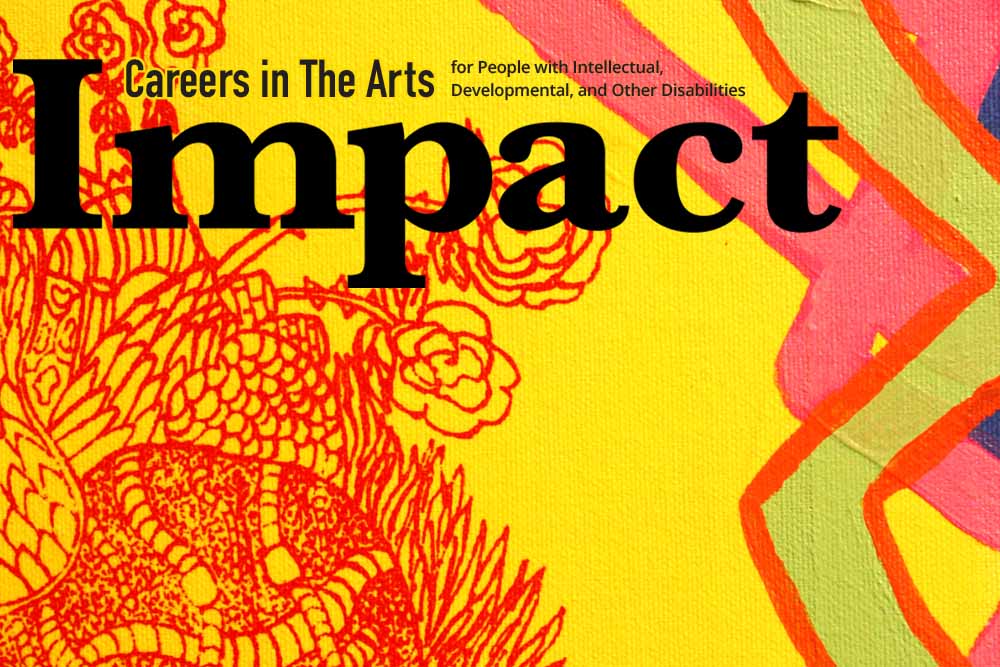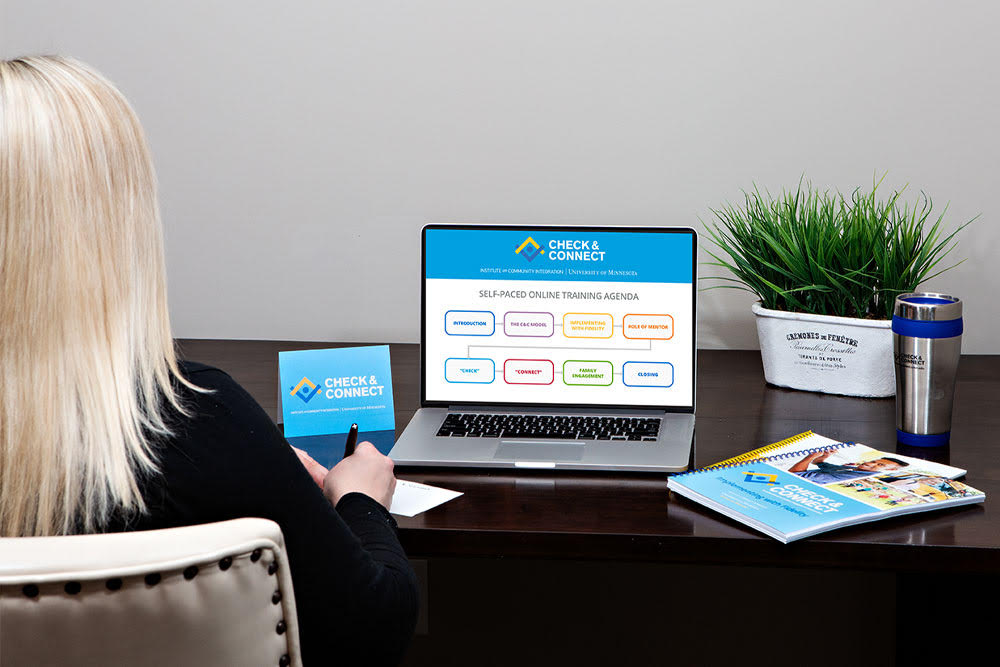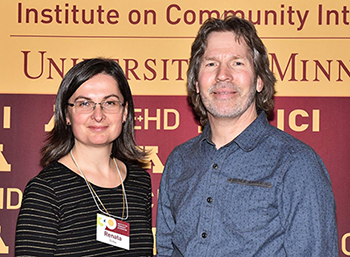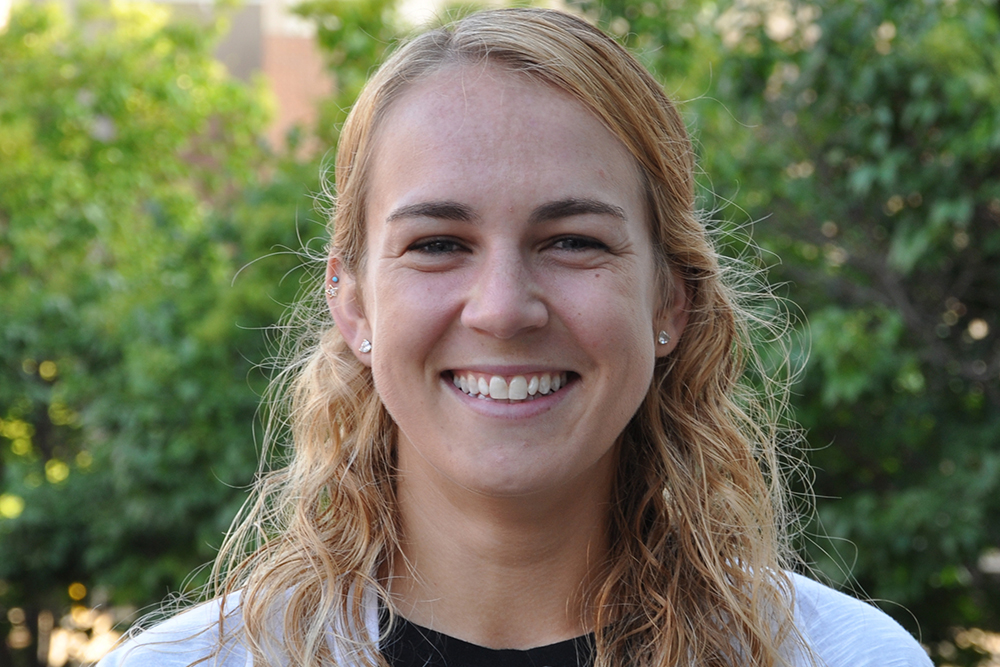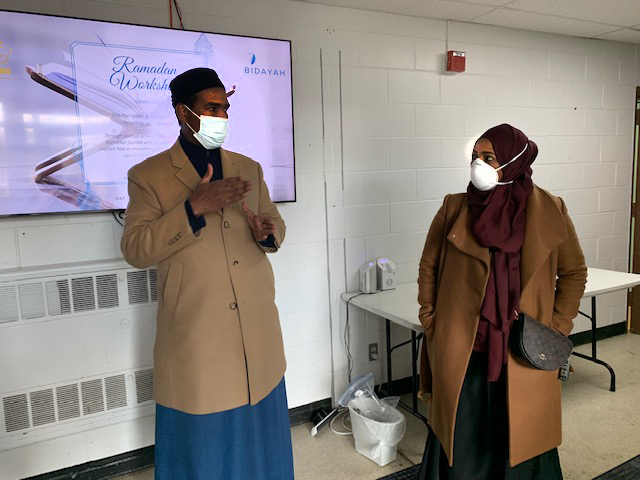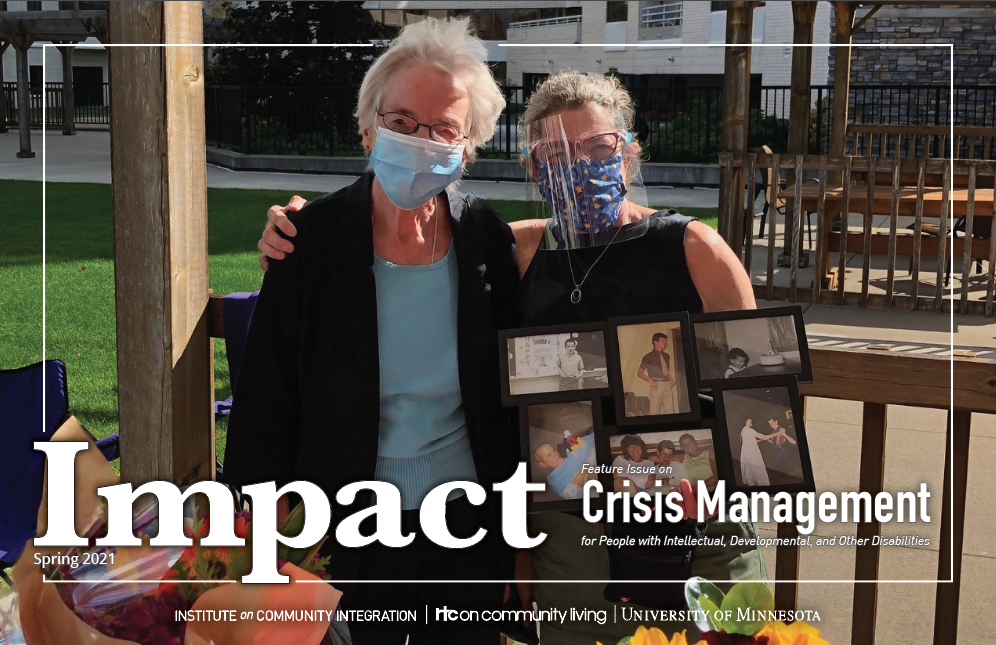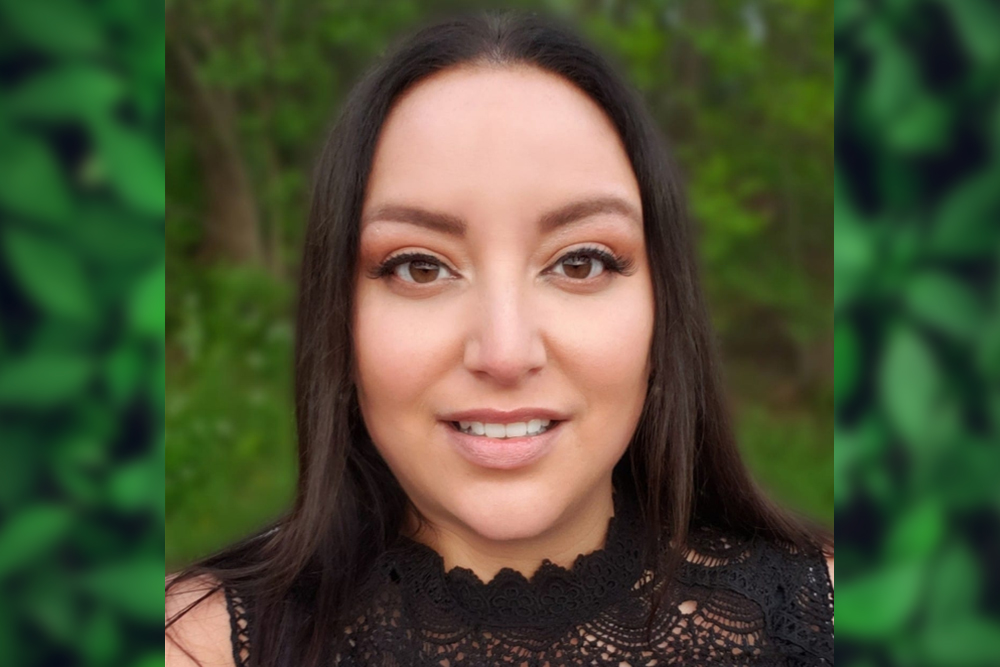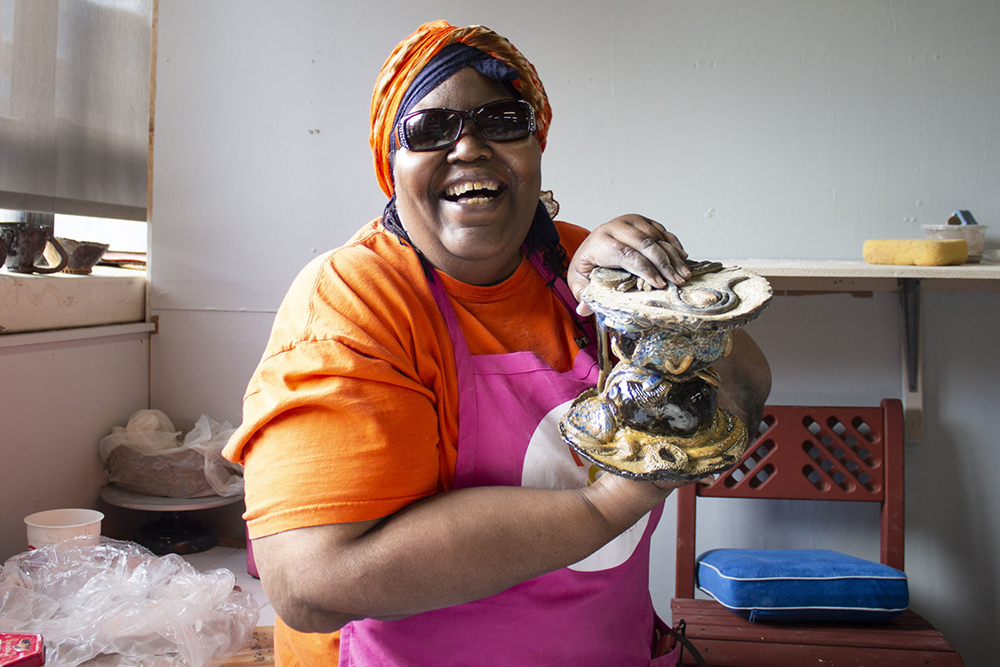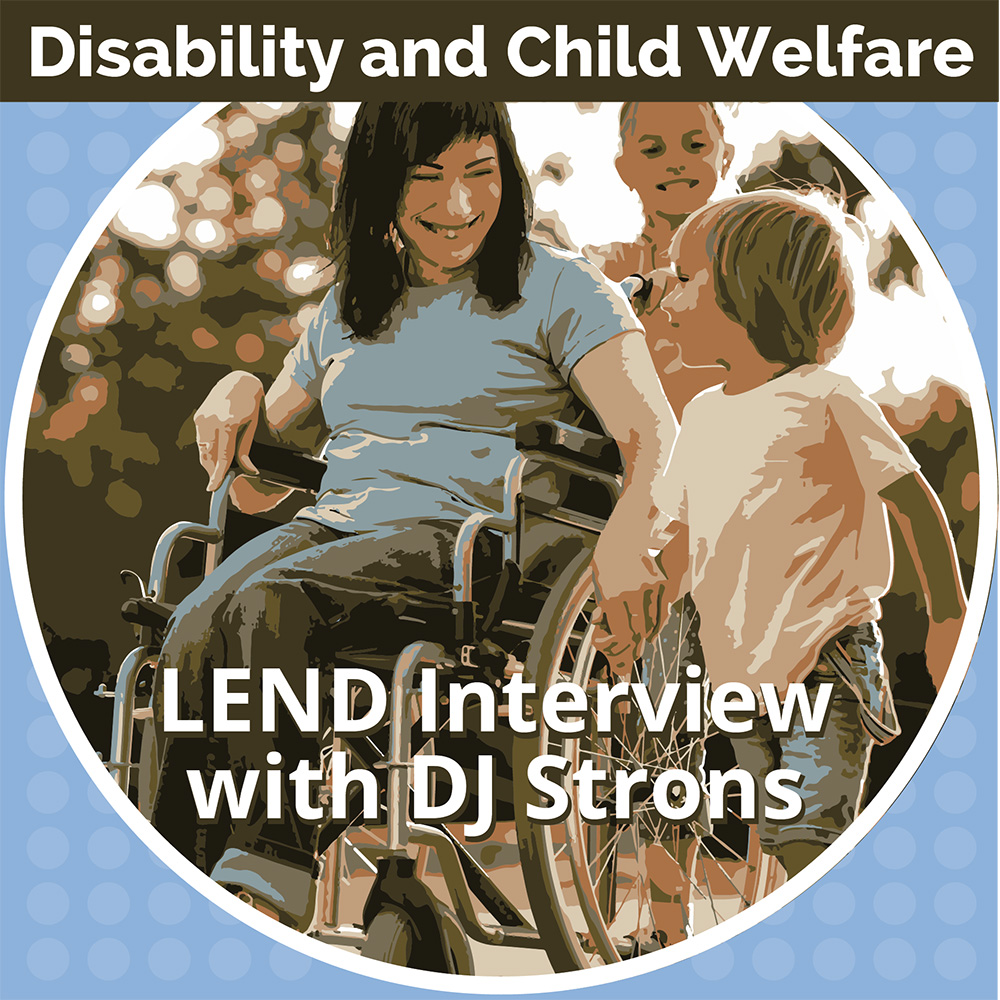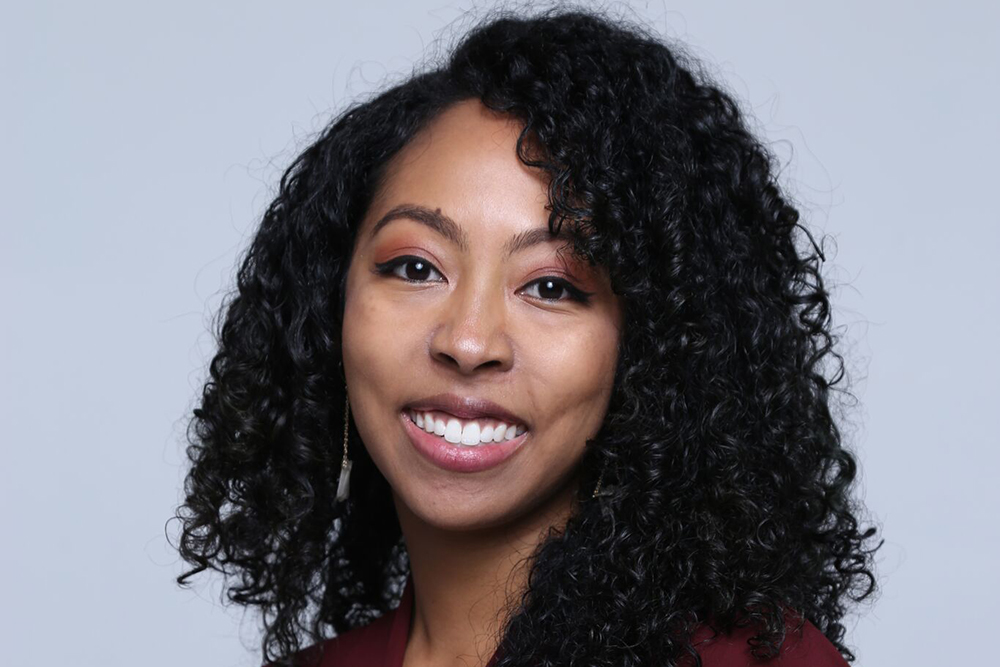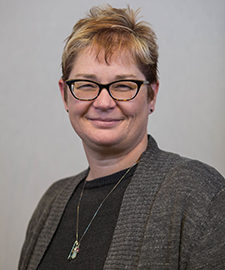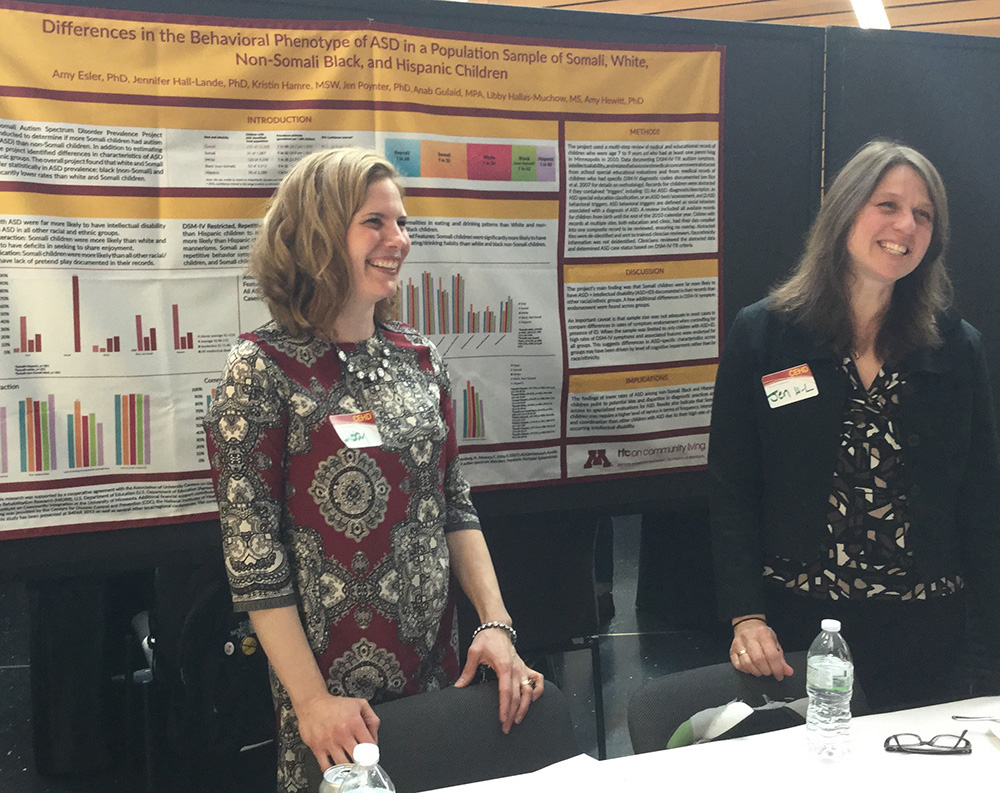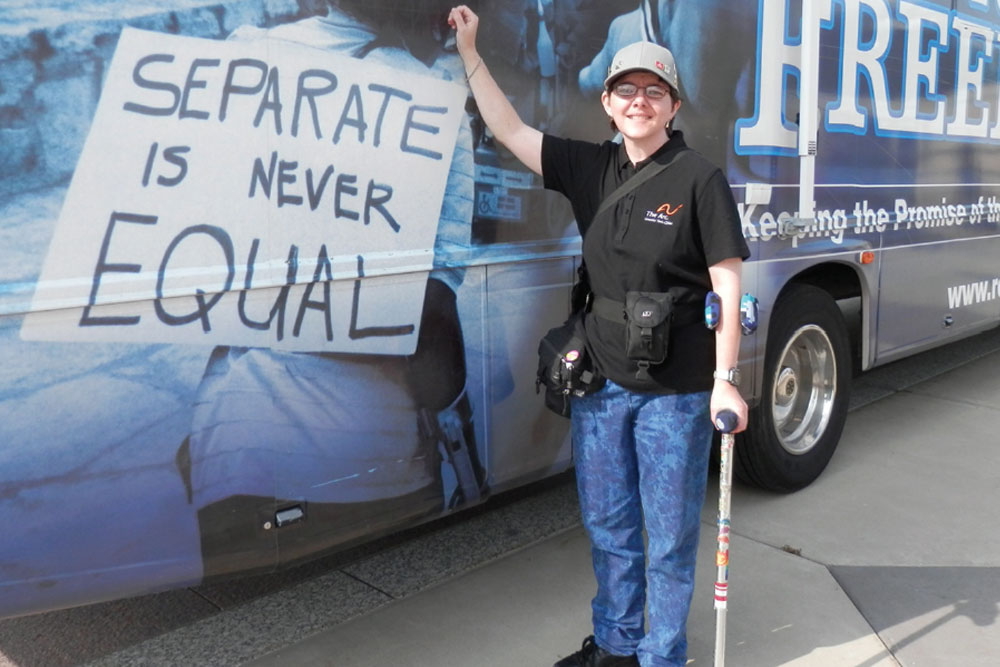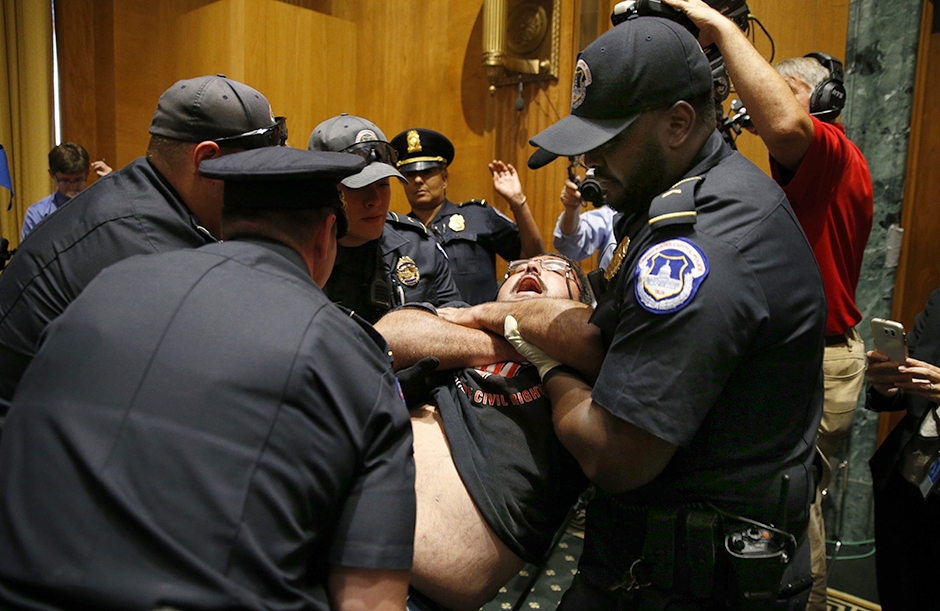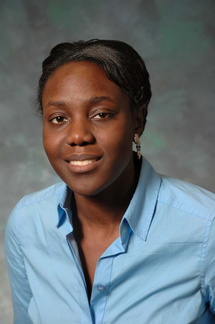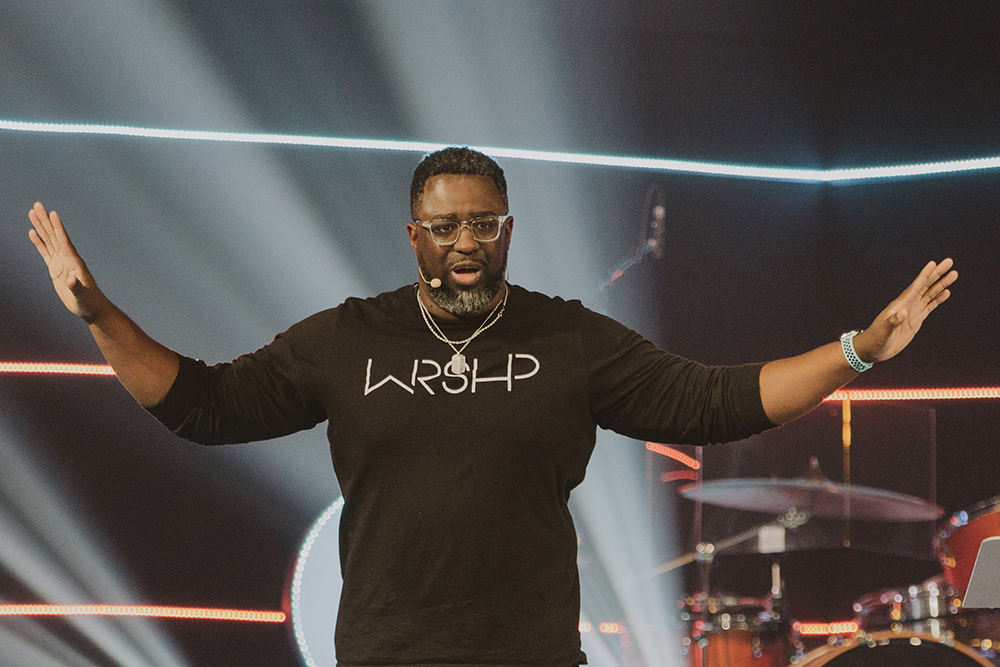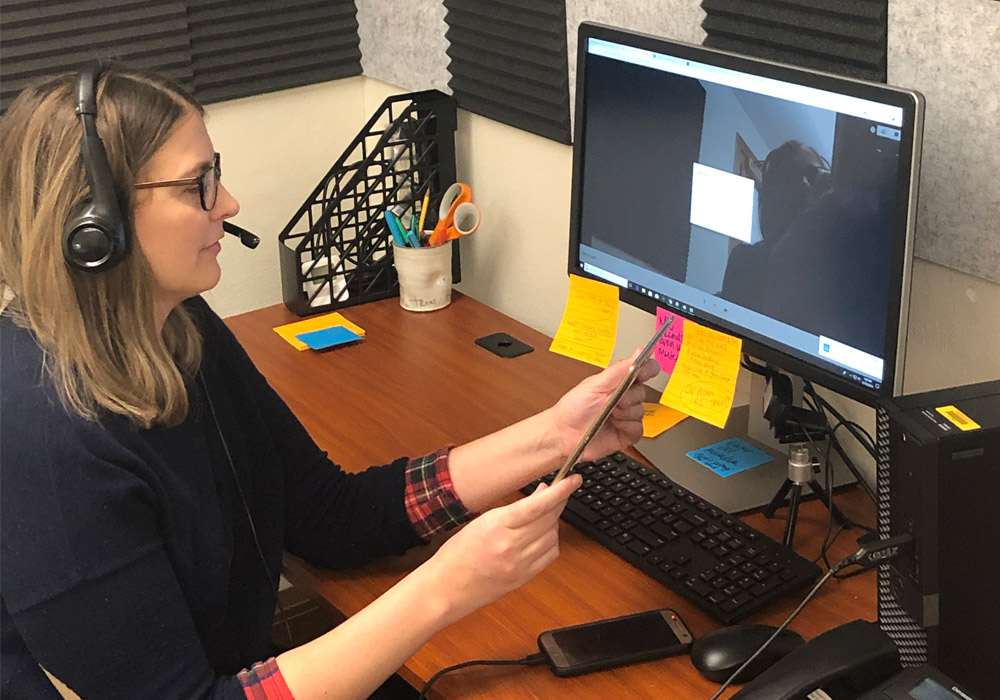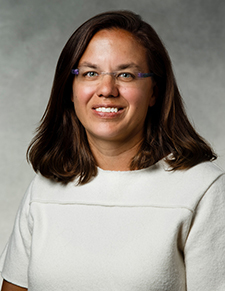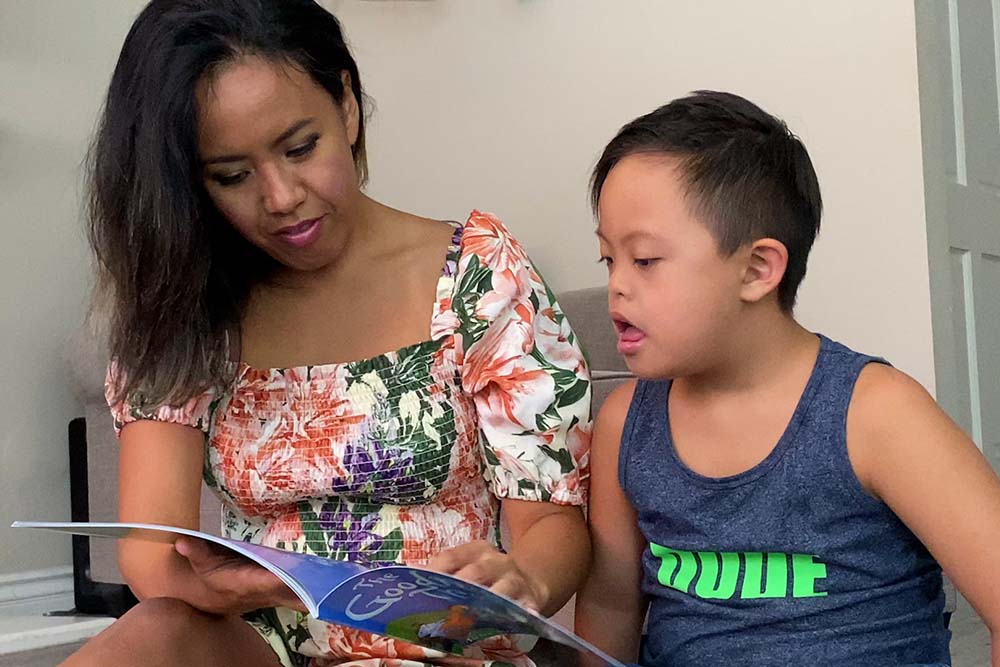
As schools, students, and families grapple with a pandemic surge just as many classrooms open for fall term, one thing is clear: Parents need more help in supporting their children to navigate both in-person and virtual classrooms.
The National Center on Educational Outcomes (NCEO) and the TIES Center recently presented a new video series to the Office of Special Education Programs (OSEP), which funds both centers. The free series, Supporting the Learning of Children with Significant Cognitive Disabilities at Home, offers support, tips, and information to parents of students with significant cognitive disabilities as they facilitate learning at home.
“We think these materials continue to stay relevant because they emphasize the importance of collaboration between teachers and parents,” said Kristin Liu, assistant director of NCEO and TIES Center principal investigator. “There are important things parents can do at home, even when students go back to in-person classes.”
NCEO and the TIES Center, the national technical assistance center on inclusive practices and policies, are part of the Institute on Community Integration. To develop the series, the team used a collaborative process that included volunteer families filming themselves with cell phones as they engaged in learning activities at home. OSEP, other technical assistance centers, and parent advocacy groups were among the other contributors to the project. ICI’s principal media producer Pete McCauley edited and narrated the videos.
“The result is an engaging video series that portrays real families of students with significant cognitive disabilities in real homes,” said Liu.
The videos share activities families can use to strengthen communication, reading, math, and writing skills, and the types of support they should expect from their schools.
“The series reassures parents that they don’t have to be their child’s primary teacher when learning from home,” said Gail Ghere, TIES Center research associate. “Collaborating with the IEP team, they can support their children to learn in a manner consistent with what’s happening at school, which will enhance students’ success in standards-based instruction.”
In addition to the parent videos, a web-based distance-learning series for educators and families that was developed by the TIES Center during the early phase of the pandemic is now being adapted with additional content for those who are going back to in-person learning environments this fall, Liu said.
“The lessons of the past year have taught us a great deal about what students and parents need to be successful in learning in general,” said Jennifer Sommerness, a TIES Center research associate. “The Pivot to In-Person Instruction series will capture practical examples of what families need from their school teams in order for students to be successful as they return to the classroom.”
Further details about the new series will be shared on the TIES Center Facebook page and in the TIES newsletter.

